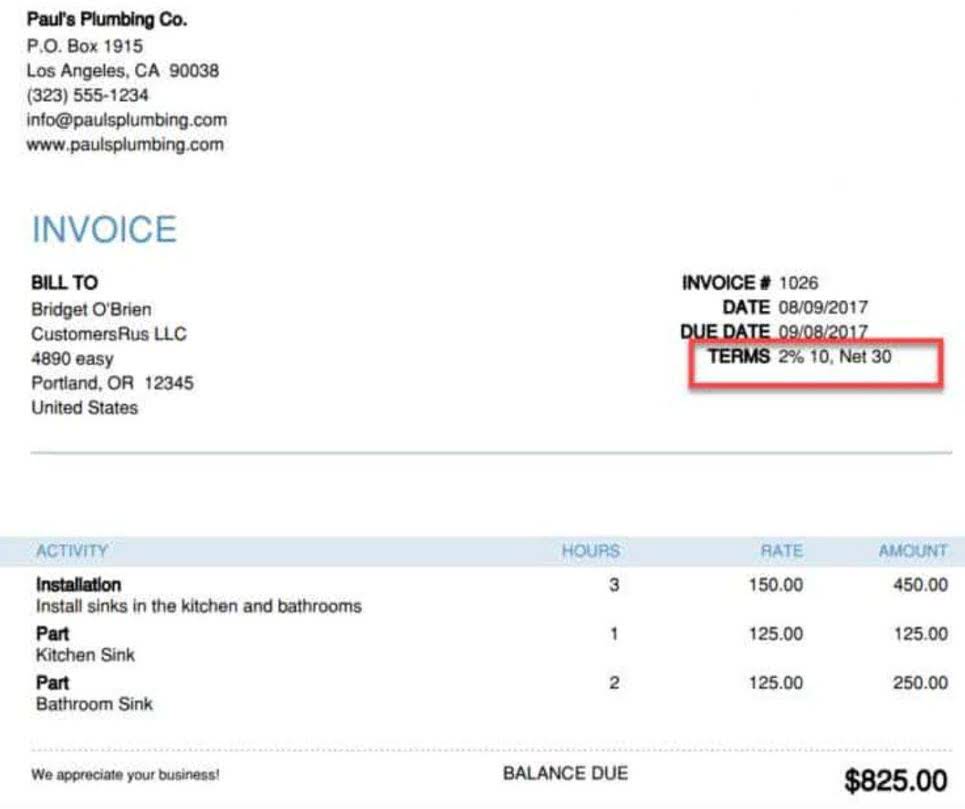In addition to all of that Amanda has a dynamic accounting practice in New Orleans, and a training company, and several other ventures in the mix. Somehow she manages to balance all of that against friends and family so well that I hope she will do some writing for Insightful Accountant in the near future on just how she accomplishes so much. Maybe if you post some ‘comments’ at the bottom of this article encouraging her to do that, I can use them as a form of cyber-arm-twisting. Xero has extremely good training content, and it has always been ‘up to the moment’ in terms of the product. His presentation pulled audience members in an interactive and sentimental experience that alluded to riddle laden questions about their purpose in life.
Xero partners can now access Xerocon sessions on demand at Xero Central, the hub for all things partner experience. Here you can also catch up on announcements, as well as see your points balance, certification status and resources like the partner toolkit. Xero partners can access Xerocon sessions on demand at Xero Central, the hub for all things partner experience. This is where you can also catch up on announcements, as well as see your points balance, certification status, and resources like the partner toolkit. Intuit appear focused on growing subscription numbers alone (noting QBo ecosystem Subs and Revenue are not growing at equal pace).
Account Kit AccountKit is a set of cloud based tools branded to your practice colours. The app marketplace of Xero may be growing beyond 600 “ecosystem partners”, BUT interestingly the number showing up at Xerocon is diminishing, despite the rapidly growing audience. The continued ignorance of the mid-market players (e.g. NetSuite) to core SMB usability and functionality like bank feeds, makes them primed for competition from the SMB players. Boma, a new Mail Chimp-esque marketing platform, has done an amazing job to partner with Xero. The amount of advertising across the conference during keynotes, must have been a massive leg-up. Providing content in platform, for Xero HQ Boma users to enter a world of professional, proactive marketing, effortlessly.
Popular features
As the Xero Ambassador for Atlanta I cannot wait to host my fellow partners and experience the energy, excitement, and engagement of Xerocon once again! If you’re reading this and experiencing some intense FOMO feelings, tickets are still available here. These conversations weren’t limited to the Convention Center or Fair Market either.
The commercial reality is the relationship with Xero and it’s ecosystem was always going to evolve as the edges and gaps that created opportunity for “add-ons” became areas of direct competition. For accountants and bookkeepers themselves, let’s look at the new offerings; the Xero HQ product is impressive. The core product offers slick practice management, reporting and work papers with its own ecosystem providing automation of proposals and payments and much more. Dozens of apps exhibit at Xerocon and if you don’t plan in advance which are most relevant to visit , you can easily end up wasting your time and missing out. Read through the event guide beforehand, as well as peruse the Xero App Marketplace and customer reviews, to help you decide. If Rod Drury, founder and CEO of Xero, says the phrase “standalone accounting doesn’t make sense anymore” in a keynote at the company’s flagship North American conference, you can bet it will get people’s attention.
Business Technology
Sync data between Xero and shipping apps such as ShipStation and ShippingEasy. This is the best chance to meet Xerocon app partners and find out about all of the efficiency boosting add-ons out there. For more information check out the ‘What’s your client app stack’ breakout session at 11.15am on Day 2. Of course, tomorrow evening we will have the opening reception, and I am looking forward to seeing Amanda Aguillard who is my co-host for Insightful Accountant’s ‘The Xero Zone’ webinars.
The “End of Accounting”
- Account Kit AccountKit is a set of cloud based tools branded to your practice colours.
- It’s not something that’s specific to accounting and it’s not something that can be stopped.
- Ryan is the co-founder of Upsourced Accounting and Xero Ambassador for the Midwest.
- CCH have focused on monetising the practice, not the clients .
BizEquity, the leading provider of cloud-based business valuation solutions, today announced the release of its new Exit Valuation Module, an eighth… 10 years ago, when Xero started, the conditions were prime for market entry. Details of events for accountants and bookkeepers in the United States. While I couldn’t wait to get home to my family, I miss my Xero community. I know the conversations will continue at Xero Hour and through the Facebook Group, but there’s simply nothing like the critical mass that comes with Xerocon. Luckily, this year we only have to wait half a year for another opportunity with Xerocon Atlanta coming up in June 2018.
- Are you a small business owner looking for the right accounting software to manage your finances?
- Sholto from Digital First has written a great detailed explanation on this if you would like to know more about the “Modular Practice Concept“.
- The core product offers slick practice management, reporting and work papers with its own ecosystem providing automation of proposals and payments and much more.
- I believe it to be a currently unique, first-mover, big competitive advantage.
- And they want to help us change our mindset from being an accountant or bookkeeper to becoming an advisor, growth consultant, or ecosystem curator.
Twitter especially blows up with the #xerocon hashtag, opening up a whole new way of experiencing the conference. In the time leading up to Xerocon, keep an eye on #xerocon hashtag and use it to get your own personality into the mix. Just remember to add something valuable – it’s all too easy to jump on the hype train and simply fade away. Xero announced that they will be adding Microsoft’s MileIQ to their app marketplace, offering a more simplified expense reporting process and mileage deduction process for freelance Workers. MileIQ, offers a beautifully designed and simple platform, for business owners and freelancers, to utilize.
Your guide to the latest C-suite appointments, executive moves and boardroom transitions. Stay informed.
Xero employees sprang into action, purchasing and passing out blankets. By the end of the day Thursday, conference-goers were greeted by a wintry precipitation mix on the way back to their hotels. It was described by many as a freak occurrence, with one Xero partner formerly of Austin (for around eight years) recounting that he couldn’t remember one similar event during xerocon 2017 austin texas wrapup his entire time in the city. In the end, it provided a shared experience for attendees to recount and relive for many years to come.
Rather than detail the misunderstanding in a public forum, I have spoken to the appropriate people at Xero. What I will say is that it is harder to have 2000+ employees on the same page, appreciating the same things and playing well with others. Despite my incident, I think they are doing a pretty good job at managing their transition from a small NZ company to a significant global player. In 2016 there were 91 exhibitors for ~2,300 attendees to inspect. And whilst delegates grew around a third to over 3,000 in 2017, exhibitors shrank by more than 20% YoY. In my 2016 review I raised concerns as to the direction Xero had taken with its “ecosystem”.
The reality is, many accountants and bookkeepers are unfamiliar with or uncomfortable in this space, making it easy is a great strategy for Xero to continue to grow. My maths says NetSuite have a CLTV of ~$800k, compared with Xero currently ~$2k. Moving the needle, even by a little, towards the NetSuite number, has massive bottom line benefits for Xero.
Marcus Lemonis
Comments and conversations were overheard between attendees over the rest of the conference. While Rod’s phrasing may have been a little shocking, it shouldn’t come as a surprise to anyone who has been paying attention over the last couple of years. We know that things like reconciling, coding, and other compliance related tasks are increasingly being taken over for apps, bots, and other technologies. It’s not something that’s specific to accounting and it’s not something that can be stopped. The great thing about Rod’s keynote is that he reinforced Xero’s commitment to their partners in the accounting and bookkeeping industry.
Consumer Products & Retail
It felt pretty inspiring to be part of a community of people with the common goal of making accounting a truly holistic approach to running a business successfully. Our team really enjoyed Tim Leberecht’s keynote, which stressed preserving the human touch amongst all the automation. This is certainly in line with our own values at Expensify where we put employee morale on the top of our priorities with initiatives like our annual company-wideoffshore. Be sure that you take time to reflect on all that you have learned. Outward-facing and big-picture-focused, Xerocon looks at the future of accounting and client service alike.



